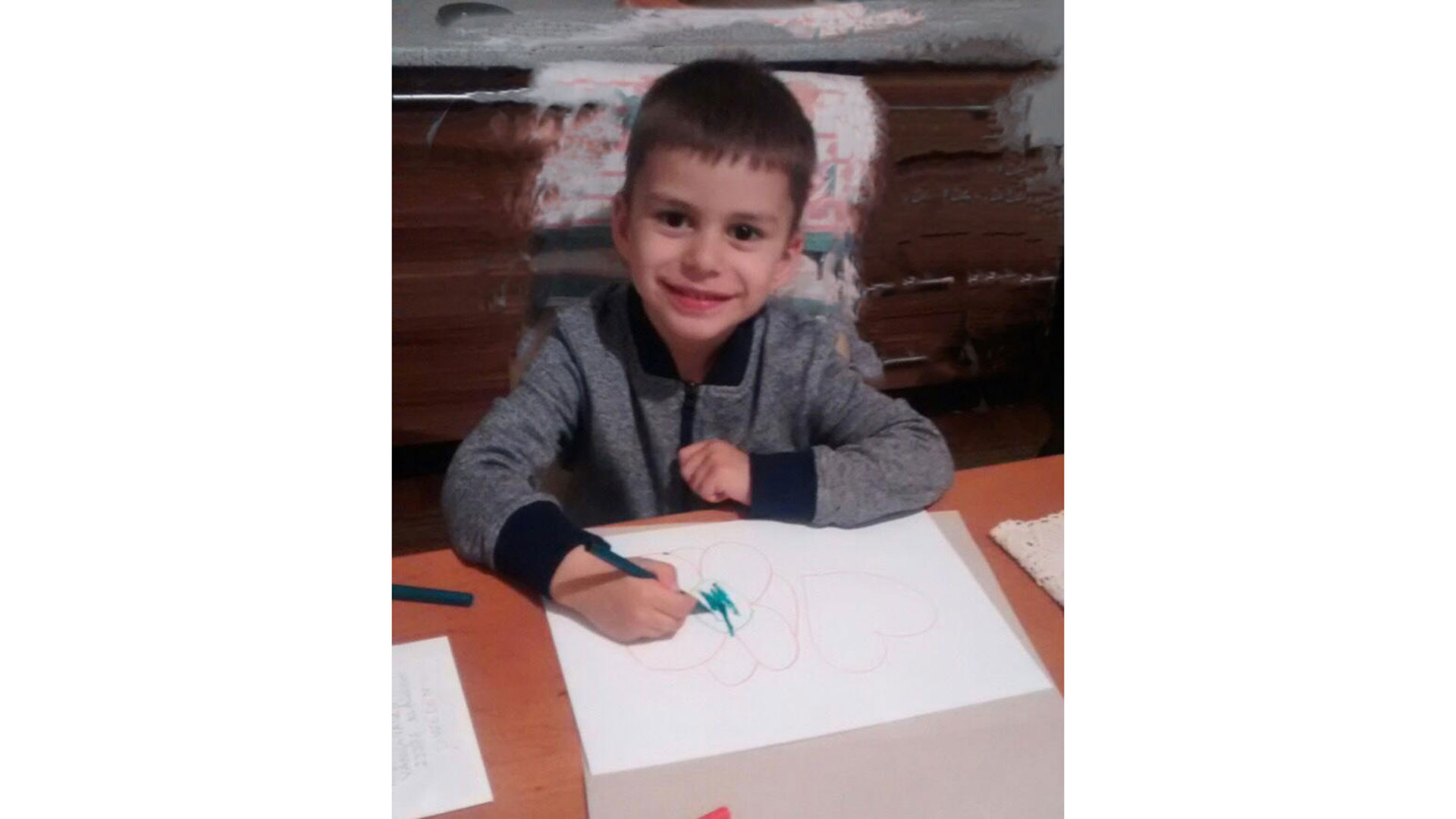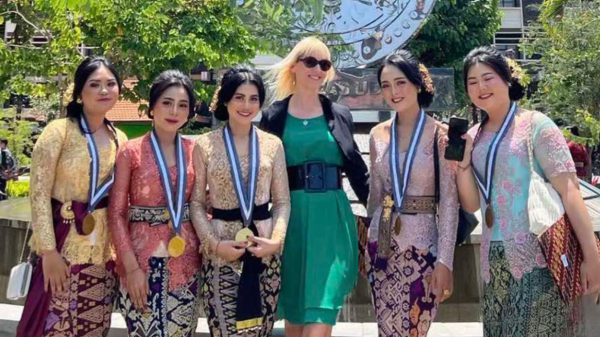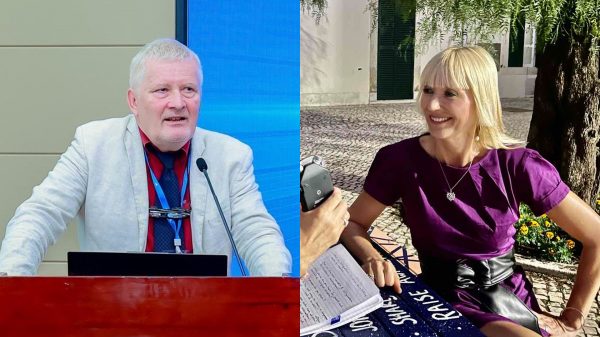
25.03.22
Telling our stories as a means of resistance: Reflections of a bilingual teacher
By Micheline Pieterse
Dina Mehmedbegovic-Smith
“One way to help (children) and … teachers is to tell their stories so that others may see connections between their own lives and social structures and dissuade us from teaching democracy and democratically. One way to help (ourselves) is to take up (our) personal stories and troubles as symbols of larger social issues.”
(Shannon, 1999, p. 407)
By sharing my story, I hope to create a “third space” for more teachers to tell and question their own stories to develop critical consciousness about teaching and learning.
I grew up in South Africa, speaking two languages fluently. My family had two home languages, which I have come to realise is quite challenging for some people to wrap their heads around, but for me has never been different or out of the ordinary. My mother speaks English as her dominant language, and my father spoke Afrikaans as his dominant language. Thus, we would contribute to the conversation in either language depending on who we addressed. I attended school in primarily English for the first 9 years, and then in my final 3 years, I changed schools to a dual-medium school and then had some subjects conducted in both languages. I have been a member of an Afrikaans church my entire life, and I now have an Afrikaans partner, so I guess I can say that my adult home is also bilingual with two home languages?
As an early years teacher, I have always been passionate about developing literacy with young children, specifically reading. I have only ever taught English additional language learners in my professional career. Still, it is not until recently that I have come to understand how I have “taken for granted” the development of bilingualism with the emergent bilinguals that I teach.
I know the facts, bilingualism is not a rare phenomenon. Children can learn multiple languages from birth; it is normal for them to mix their languages, and bilingualism does not cause speech delays. I also understand the strengthening of cognitive brain potential through exposure to language-rich explicit literacy development experiences. Bilingual children may master key brain functions with greater ease than their monolingual peers, such as reading comprehension, strong reasoning and maths skills, logic, focus, memory and decision making. I have never consciously considered the potentiality to cultivate greater cultural awareness. When children learn an additional language, they can gain more insight into cultural diversity as they are given the opportunity to understand the culture of the language more deeply and draw comparisons with their own culture. As a result, bilingual children may be more adaptable to new environments, meeting new people and stepping out of their comfort zone. As an early years teacher with a pedagogy grounded in care, democracy and social justice, this revelation has been profound and, I believe, essential to fostering biculturalism and diversity.
“Diversity is the fount of creativity; possibility requires the coming together of diversity, the open exchange of ideas and insights, forums of and for interaction and dialogue.”
(Novinger and O’Brien, 2003, p. 25)
It is essential for teachers to move beyond the fixation on solely cognitive development and work to maintain strong ties to the families and communities of the children, potentially increasing the children’s sensitivity to others and boosting their self-control. Working in collaboration with the parents and families, I can deepen my understanding of their language backgrounds and experiences to gain a complete picture of their linguistic diversity to support and encourage the continual progress of both their languages. On a practical level, developing meaningful partnerships between the classroom and the home will allow teachers to share their expertise effectively. Drawing on the literacy experiences and resources from the home, teachers can support children’s holistic literacy development.
Family literacy programs help children integrate into the language culture of the school with ease whilst valuing and developing the bilingual heritage of the children. In family literacy programs, teachers can adopt initiatives that allow for the effective sharing of information, availability of quality reading materials, and facilitating continuity of learning between the home and the school.
Sharing information is a two-way dialogue in such culturally responsive programs. It may involve home/community visits where teachers have the opportunity to really connect with new students by gaining an in-depth view of the interests, values, and social mores important to the classroom community. Likewise, School-based meetings act as forums for families and teachers to meet and share information regarding learning, curriculum, and the student’s needs. Additionally, classroom newsletters provide tangible communication between the home and the school for teachers to share essential logistical information but more than that, they are a means to celebrate students’ achievements, classroom highlights and special curriculum events.
A critical factor in encouraging family participation is the availability of quality literacy materials. Family Literacy Text Sets are great in aiding this constraint as they provide concrete representations of family and community members supporting students’ literacy learning. With provocative storylines exploring family literacy themes presented in attractive picture books, these books reinforce the message that reading is more than a classroom matter. Additionally, many teachers find it helpful to efficiently organise their classroom libraries to allow students to take books home more regularly to share with their families and communities in take-home book programs.
A common goal in family literacy initiatives is to create a learning network between the home and the school with collaborative activities designed to cross the boundaries of these two domains. Some examples of successful Dual Language Programs are photo projects where families are encouraged to take photos of episodes in the home to provide teachers and fellow students with a glimpse of the routines, activities and relationships important to these families outside the school environment. Similarly, the children or the teachers in the classroom can use photo project opportunities to document classroom learning and provide families with better insights into the classroom and curriculum activities.
On a final note, and probably my favourite! Teachers can adopt programs that involve food, such as cooking or recipe sharing, to bridge the diverse cultural communities in their settings. Home or school-based cooking activities provide family literacy programs with opportunities to practice reading and oral language skills whilst deepening cultural understandings and increasing communication between teachers, students and the families.
Family literacy programs, as such, promote the principles of the Healthy Linguistic Diet approach with the focus on developing life-long habits of learning, maintaining and harnessing the synergy of the two languages. Thus, supporting linguistic liberation, fostering multilingual capital, and ultimately overcoming the deficit view of bilingualism.

